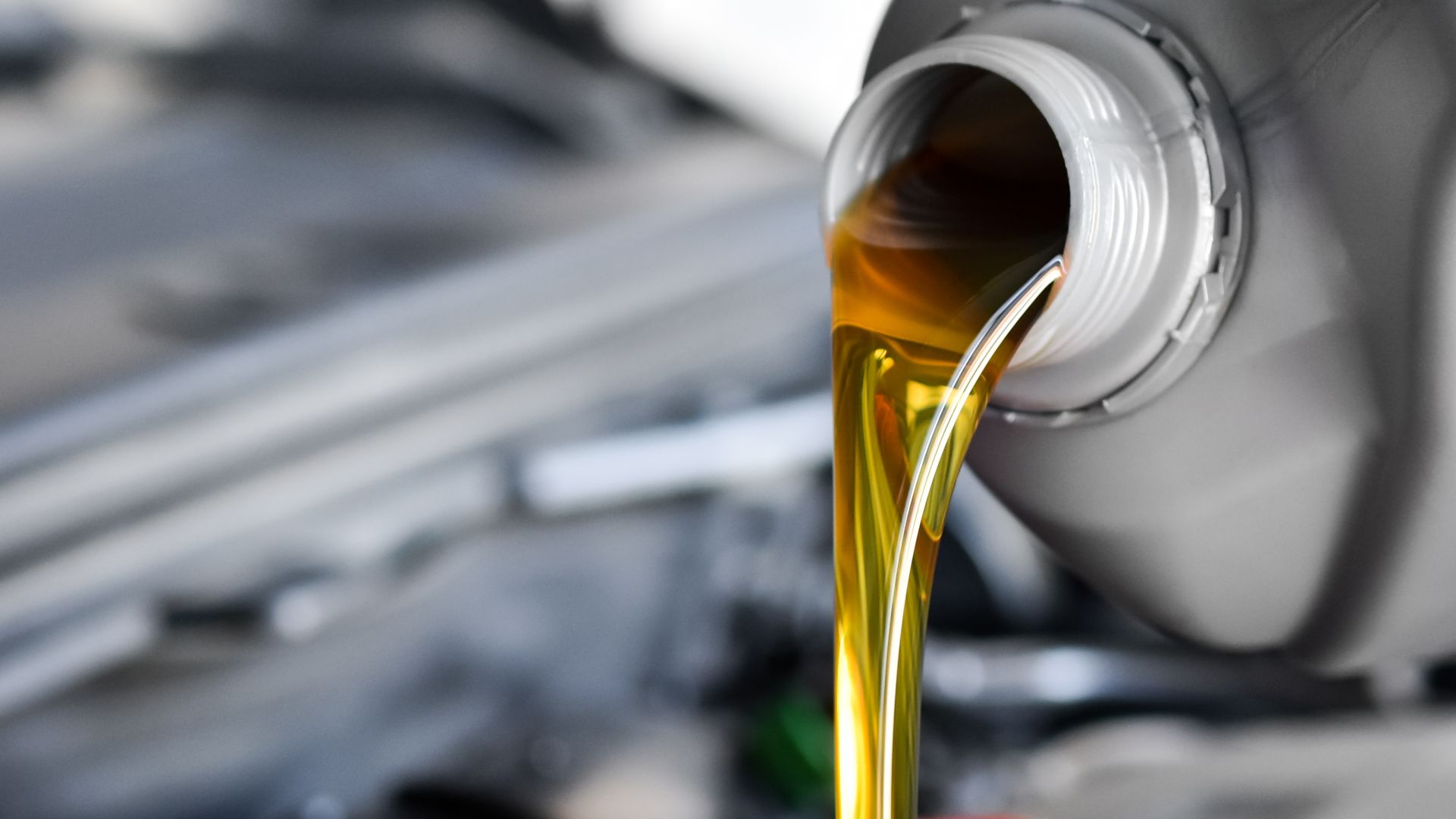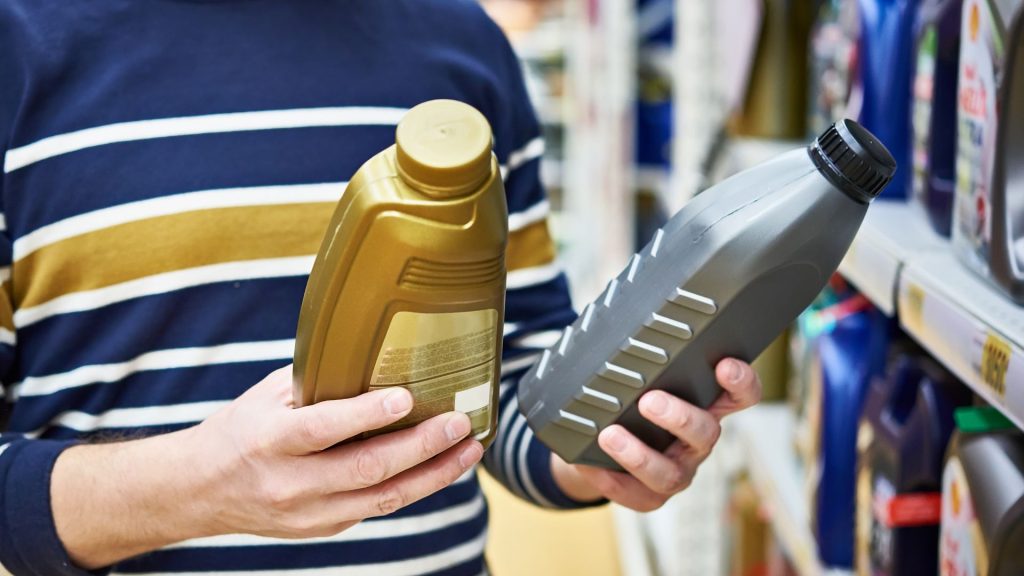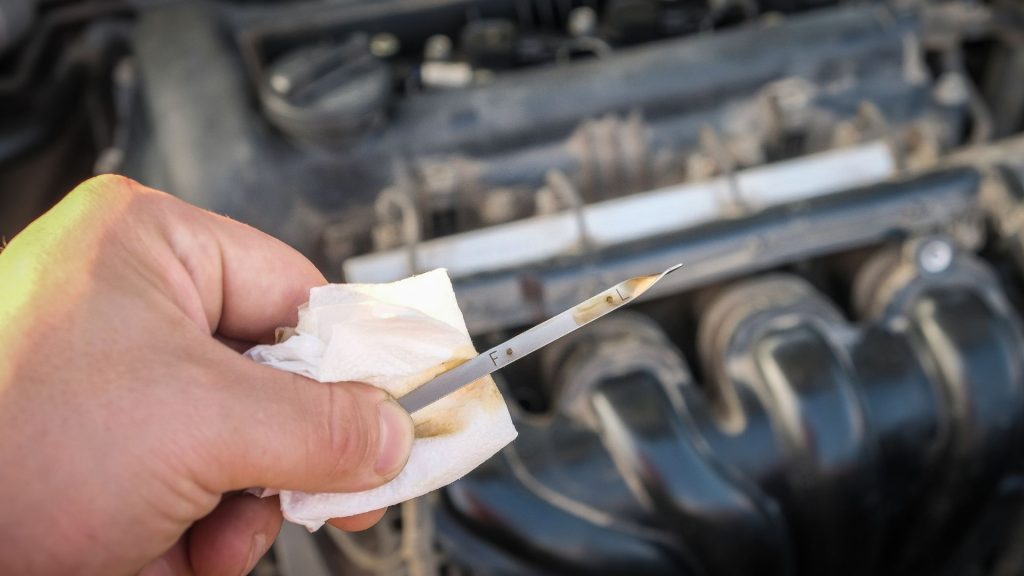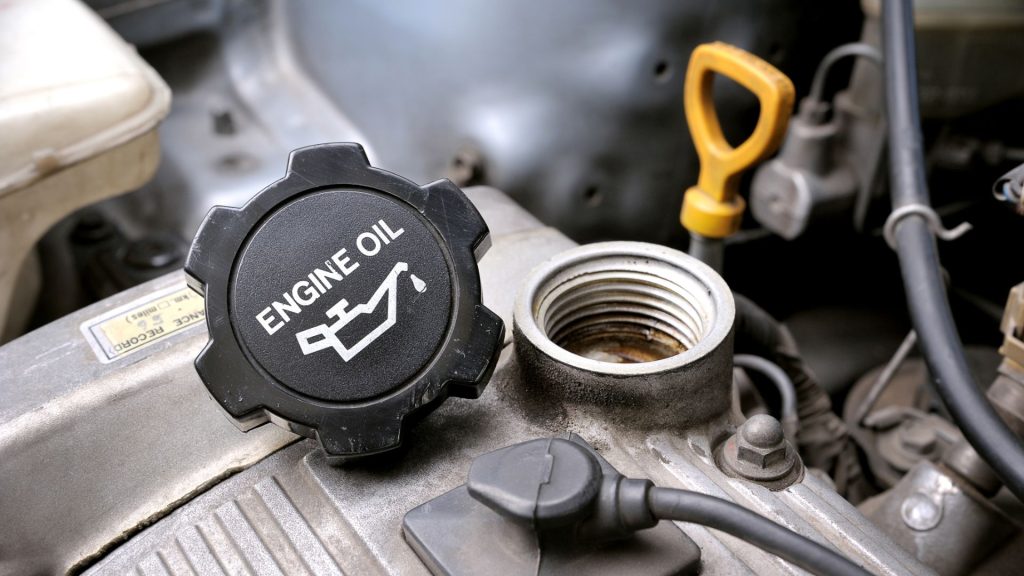Can you add oil to a hot engine?
Learn the crucial steps for adding oil to a hot engine correctly.

If you have ever experienced an oil level warning sign on your dashboard, you will notice a yellow sign that looks like an oil can, and in some cases, there is a message that says, “check the oil level in your engine.” The warning signal comes in different forms, but they always carry the same message that says the oil level in the engine is incorrect. Ignoring the warning sign can cause irrecoverable damage to your engine over a short period.
When you notice that your vehicle’s oil warning light is switched on, you should pick up one or two quarts of oil to refill. When adding the oil, the engine might still be hot. So, can you add oil to a hot engine? Well, it is recommended that you wait for about twenty to thirty minutes after turning off your engine before you change and measure the oil.
If you carry out this procedure, it will minimize your chances of having burns, it will give a more precise oil level measurement, and prevent expensive engine damage. In this article, we will delve into the things you should know before adding oil to an engine.
Do you have to let an engine cool before adding oil?

When checking or topping up engine oil, there’s one key question that drivers keep asking – should I check the oil when the engine is hot or cold? You do not have to let an engine cool before adding oil. However, it is recommended because, in both hot and cold engine conditions, you will face the problem of a wrong dipstick reading. When the engine is cold, the oil will build up at its bottom, in the oil sump, but if the engine is hot, it will spread through the entire system.
The ideal condition to add oil is to let the engine cool for about five to twenty minutes. During this period, the oil will run smoothly and settle in the sump, giving you an accurate reading with the dipstick. When you have a cold engine, you should warm the car and check the oil level after about five minutes.
Oil can be added to a vehicle even if it is running. However, adding oil depends on the amount to be added and not when the oil should be added. The ideal time to add oil is when the engine is cool.
Can you pour cold oil into a hot engine?
You can pour cold oil onto a hot engine without a problem. The cold oil will not cause any harm to the hot engine. However, if you need to measure the oil, let the engine cool off first.
When the oil becomes hot, it expands, and there will be an inaccurate measurement when reading it. It is not advisable to pour cold oil into a cold engine because the oil has a negative effect on fuel efficiency.
Cold oil is in a thicker state, which means that the engine will take a longer time to reach its adequate fuel-effective temperature. Cold oil can increase friction between the car’s transmission and the engine’s moving parts.
Is it ok to put oil in a warm engine?
You can put oil in a warm engine and can change it at a warm temperature too. Adding oil to a warm engine will reduce the stickiness on the engine parts.
If your engine is cold, let it run for about five minutes before adding the oil. This will make the oil less viscous and allow it to flow easily on the engine’s moving parts.
Can you add oil to a running engine?
It is unsafe to add oil to a running engine. The oil level will be increased since the engine is hot. In some scenarios, the oil might spill on the engine and cause smoking or a fire outbreak.
If you need to top the oil, turn off your car and wait for the engine to cool before adding the oil. Adding too much oil to a running engine can cause potential damage. Oil burns are common accidents that happen when topping up oil in a running engine.
It is best to wait for the engine to cool down before adding the oil without problems. It is rare to get an accurate dipstick measurement when adding oil to a running engine because it can expand or thin out without thoroughly circulating via the engine drain.
Why is it essential to have an accurate oil level?

The oil in the engine has a significant role in lubricating moving parts. Little amounts of soot and dirt may gather in the engine as it is running. These residues can block narrow pathways of the engine.
To prevent this from occurring, the detergents in the engine oil dissolve the residues before they can cause an issue. This is why the engine oil becomes black after using it for an extended period. The oil plays a vital role in cooling, as it takes heat away from the engine.
It can cope with extreme temperatures within components like the pistons or head cylinder. Due to this, recent engine models have oil coolers that guarantee that the temperature of the oil stays within specific limits. Different components like variable valve timing solenoids or hydraulic valve tappets rely on sufficient oil pressure for their operation.
The engine oil enforces significant tasks, so it is recommended never to let the oil level drop low. When there is a drop in the oil level in the engine, the oil can overheat the engine.
If this happens, the oil’s molecular structure will break up, making the oil degrade. Then, the oil will lose its cooling properties and lubrication which can lead to a drop in oil pressure. The result is engine damage, component failure, and increased wear of other internal components.
What happens if you put too much oil in your car?

Your car’s engine is composed of precise components that work simultaneously at high temperatures and speeds. They all require oil for sufficient lubrication and smooth motion. When you add oil to the crankcase under the car’s hood, the oil will accumulate in the oil pan when the engine isn’t running.
If you start the engine, the oil will circulate throughout the engine and pass through an oil filter that discards contaminants that could cause potential damage. The level of the oil in the pan can become high when there is too much oil added.
When this happens, the crankshaft comes in contact with the oil and lessens it. This forms a foamy substance that will not lubricate the engine properly. Too much oil can also create excessive pressure inside the engine.
How to determine if your engine has a surplus amount of oil
The easiest way to check if you have too much oil on your engine is by inspecting the dipstick. The dipstick is found in most cars with an exemption of some exotic car models. It has a yellow handle and contains low and right marks to show if your vehicle has a little, too much, or the right amount of oil.
It is essential to check the oil level frequently, especially after an oil change. Some indicators will suggest you have an oil overfill problem, like a burning smell, blue exhaust smoke, and a high reading on your air pressure gauge. If your engine starts running coarsely or the check engine light turns on, there could be extra oil in contact with the spark plugs, and it may cause a misfire.
Can I pour water on my engine to cool it down?
Engine overheating can be caused by several factors like damaged radiators, cooling fans, low oil levels, malfunctioning thermostats e.t.c. Overheating is one of the most prevalent issues drivers face all the time. The car’s thermostat is designed to keep the coolant from entering the engine unless it is warmed up.
A faulty thermostat will prevent the coolant from flowing at the right time, thereby causing overheating. Other cooling system components can also trigger issues like in the case of water pump failure symptoms since pressurized coolant can’t reach the engine. Low oil level is also a common cause of an overheated engine. The oil is responsible for keeping moving parts of your vehicle running smoothly. If there is a drop in the oil level, it can cause overheating.
Many factors can cause your engine to overheat, but you should try to avoid pouring water on your engine. Pouring water on your engine can help to bring the temperature down. However, there will be a massive difference between the inside and outside temperature of the engine.
This effect on the temperature difference can make the engine crack or block. It is not ideal to pour water on your engine, but if you must, the best way to do it is by ensuring your car is running in ‘P’ or neutral and then pouring the water slowly.
Our take
Engine oil is one of the essential fluids in your vehicle, as it makes various components run smoothly. It is necessary to check the oil level frequently as the engine consumes a specific amount of oil. Applying oil when the engine is warm is the ideal way to pour oil, as it prevents burns, fire outbreaks, stickiness, and risks of damage to other car components. You can also get an accurate reading of your oil level when the engine is warm.